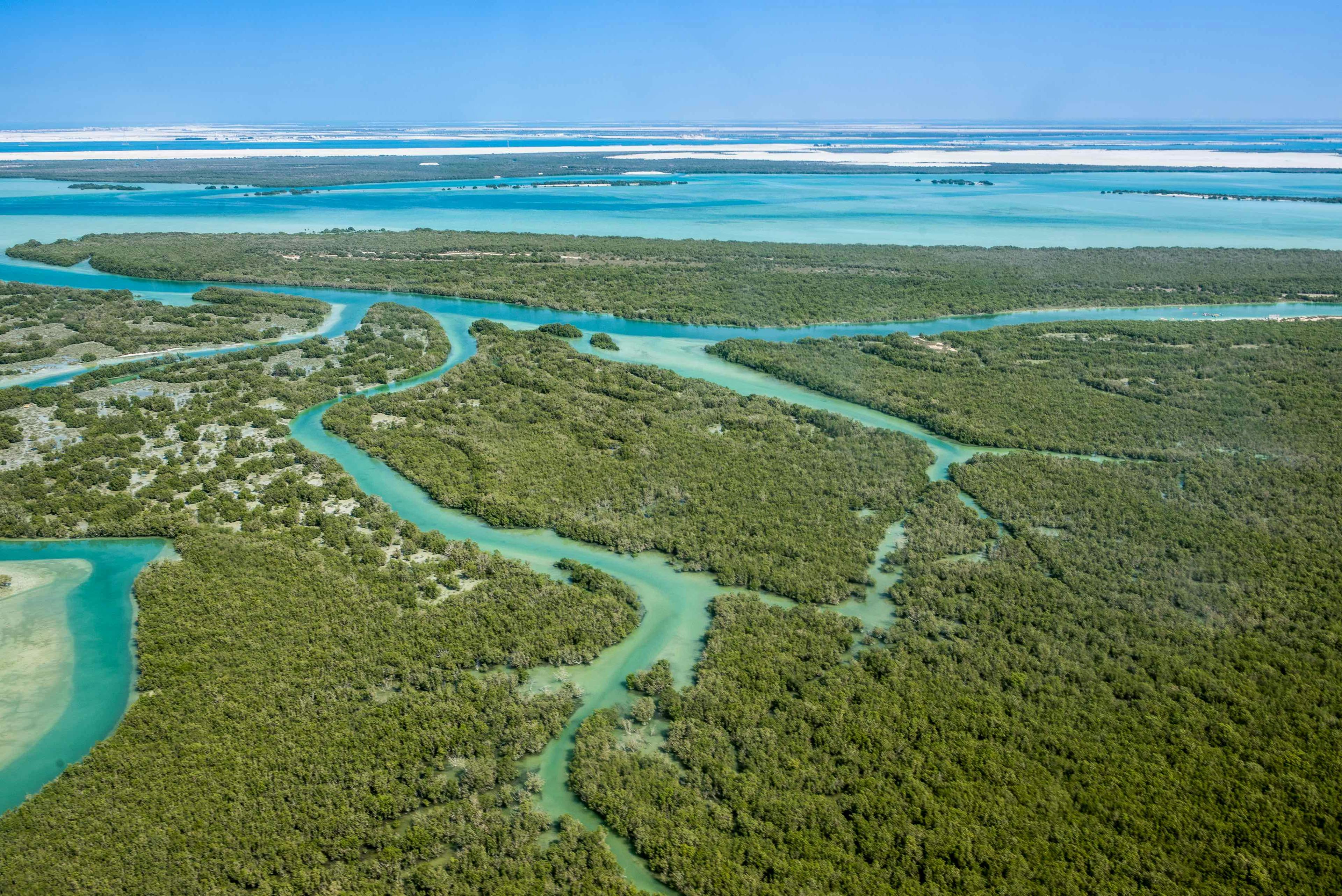The Benefits of Mangrove Restoration From Blue Carbon to Biodiversity

The importance of restoring mangroves
Mangrove restoration is an important step in the conservation of coastal ecosystems. They provide vital habitats for many species of fish, birds, and other wildlife, and they help protect the shoreline from erosion and storm damage. It’s a multi-faceted and complex process, but the ultimate goal is to restore the ecological balance and maximise its resilience to environmental change.
Critical steps in mangrove restoration
The first step in restoration is to assess the current state of the mangrove ecosystem. This includes identifying any potential threats to the system, such as over-harvesting, pollution, and climate change. It’s important to determine the current species composition and health of the mangrove ecosystem, as well as the potential opportunities for restoration.
Once the baseline condition has been determined, the next step is to identify and prioritise restoration activities. This can include replanting mangrove species, restoring tidal flow, and controlling invasive species. It’s important to consider the long-term sustainability of the restoration efforts, as well as the potential impacts on existing wildlife populations.
With restoration activities identified, the next step is implementation and often includes activities such as aerial seeding, planting mangrove seedlings, removing debris or sediment from the mangrove ecosystem, and building artificial structures that can support mangrove growth. Once complete regularly monitoring progress and making adjustments as needed is key.
In addition to restoration activities, it’s important to consider how to protect and maintain the restored mangrove ecosystem. This can involve building buffer zones, limiting human access to the mangrove, and developing watershed management plans. Ongoing monitoring of the mangrove ecosystem ensures that it continues to thrive and is not negatively impacted by any unforeseen changes in the environment.
It’s a complex process that demands careful planning and monitoring, but it can help protect the shoreline. With the right approach, proactive restoration promotes the long-term sustainability of the mangrove ecosystem and helps it better withstand environmental threats.
How does mangrove restoration support blue carbon?
Mangroves provide important carbon sinks, meaning they help reduce the amount of carbon dioxide in the atmosphere, thus reducing the impacts of climate change. They’re considered “blue carbon” ecosystems which means that they store and sequester carbon, and play an important part in the global carbon cycle.
Mangrove restoration delivers more blue carbon by increasing the amount of carbon stored in the mangrove ecosystem. Mangroves are able to store more carbon than other coastal ecosystems, such as seagrasses, due to their extensive root systems and dense vegetation. In addition, mangrove restoration can help to increase the resilience of the mangrove ecosystem, meaning it can better withstand the impacts of climate change and other environmental threats.
In addition to helping deliver blue carbon, mangrove restoration can also help to improve the overall resilience of the coastal ecosystem. Mangroves do this by providing protection from storm surge and from erosion.
Mangrove restoration and biodiversity
By restoring mangroves, we can also help to promote biodiversity by providing an important habitat for a wide variety of species.
Mangroves are able to support biodiversity in a number of ways. They provide critical habitats for fish, birds, mammals, and reptiles. By restoring mangroves, we can help to create new habitats for these species and help to promote their long-term survival.
By restoring mangroves, we can also help to improve water quality and reduce the impacts of pollution. This helps to ensure that the habitats of species are not adversely affected by environmental changes.
Mangroves act as stepping stones for species, providing them with the opportunity to expand their range and colonize new areas. This helps to increase the overall biodiversity of the area.
Finally, mangroves can also help to promote the overall resilience of coastal ecosystems. This is because mangroves are able to provide protection from storm surge and erosion, as well as providing habitats for a variety of species. In addition, mangrove restoration can help to improve water quality, reduce the impacts of pollution, and help to reduce the impacts of climate change.
Conclusion
Overall, mangrove restoration is an important tool for preserving and restoring coastal ecosystems. By restoring mangroves, we can help to promote biodiversity and provide habitats for a variety of species, while also reducing the impacts of climate change through blue carbon and other environmental threats.